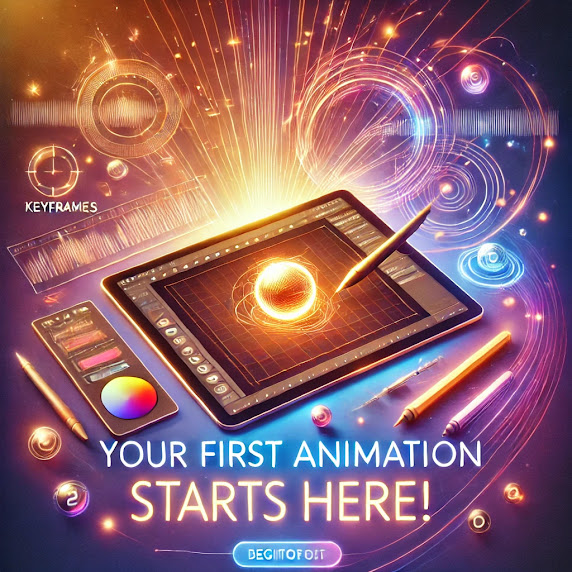How to Make Animation on Mobile for Free: A Beginner’s Guide 📱✨
Introduction: Yes! You Can Animate on Mobile for Free! 🚀 Have you ever wanted to create your own 2D animation , but thought you needed a high-end PC or expensive software? Good news! You can make amazing animations right from your phone—for free! 🎉 In this guide, you’ll learn step-by-step how to start animating on mobile , the best free animation apps , and pro tips to make your animations smooth and professional . Whether you're using Android or iOS , this is your ultimate beginner-friendly guide to mobile animation! 🎨✨ 📲 Best Free Animation Apps for Mobile Here are the top free apps that let you animate without spending a dime: ✅ Flipaclip – Best for frame-by-frame animation & beginners 🎥 ✅ Alight Motion – Great for motion graphics & tweening 🔄 ✅ Pencil2D – Open-source, simple, & ideal for hand-drawn animation ✏️ ✅ Ibis Paint + CapCut – Draw in Ibis Paint & animate with CapCut! 🖌️🎬 Eac...





